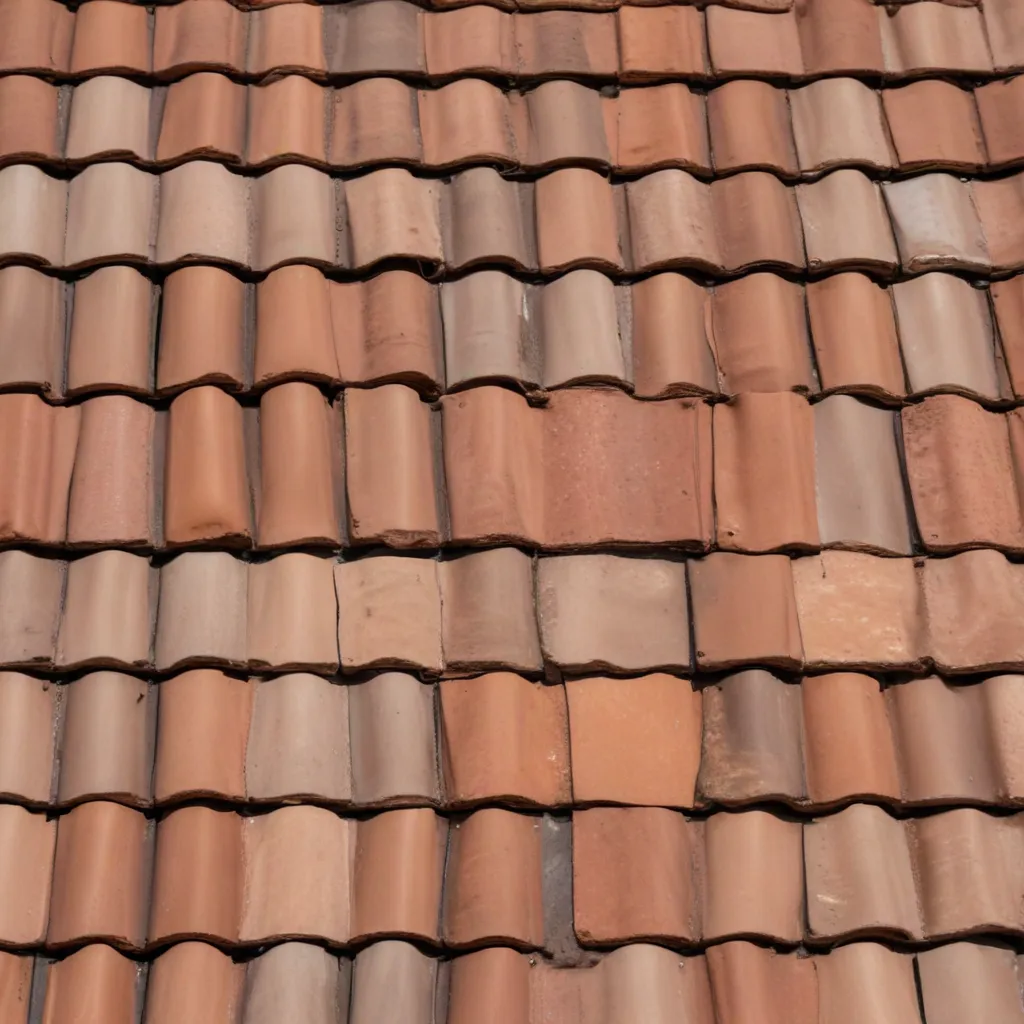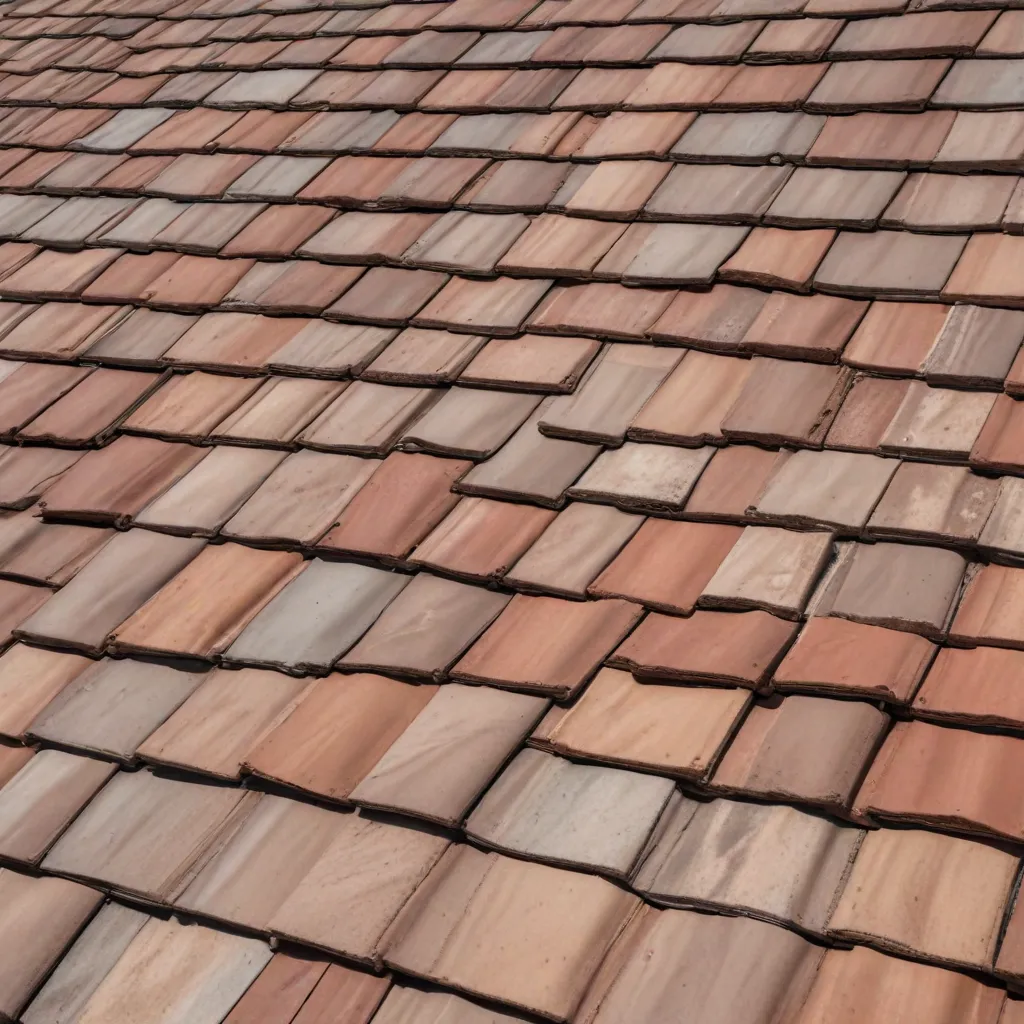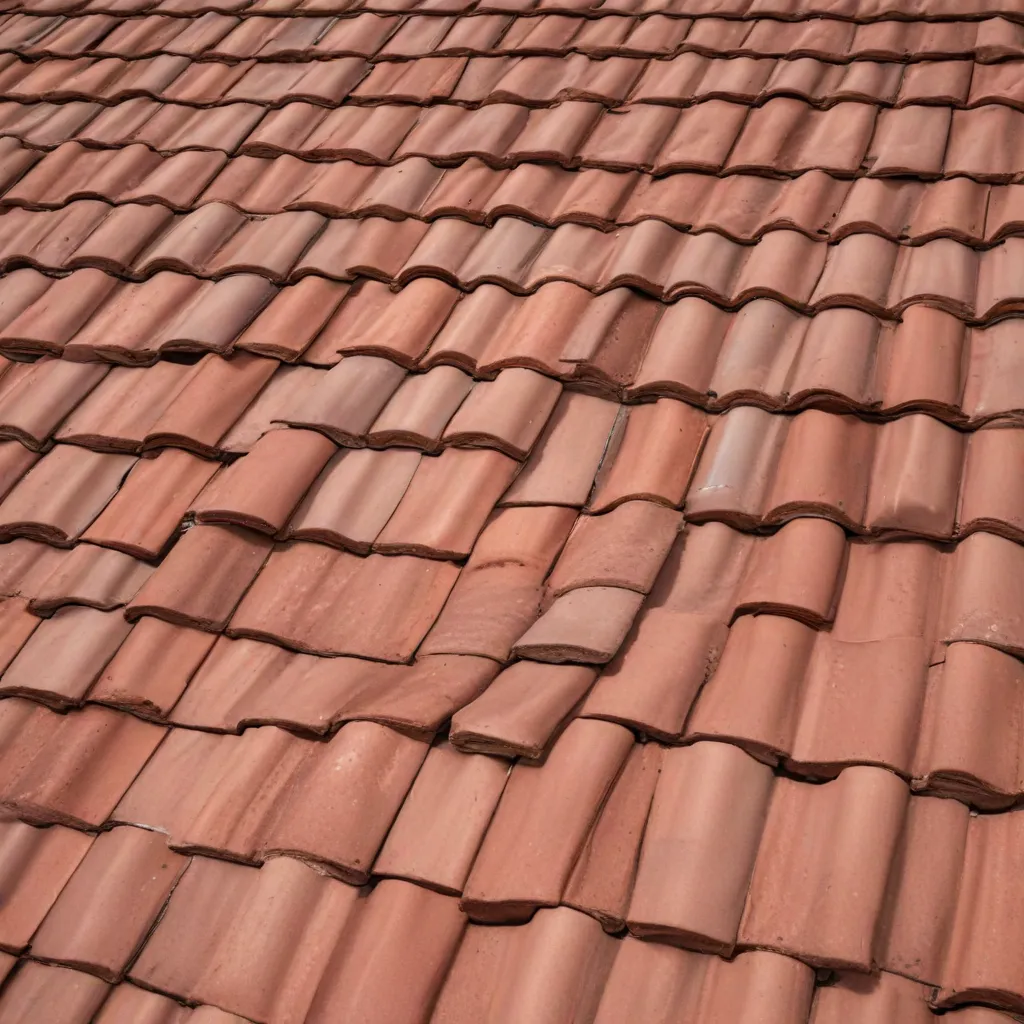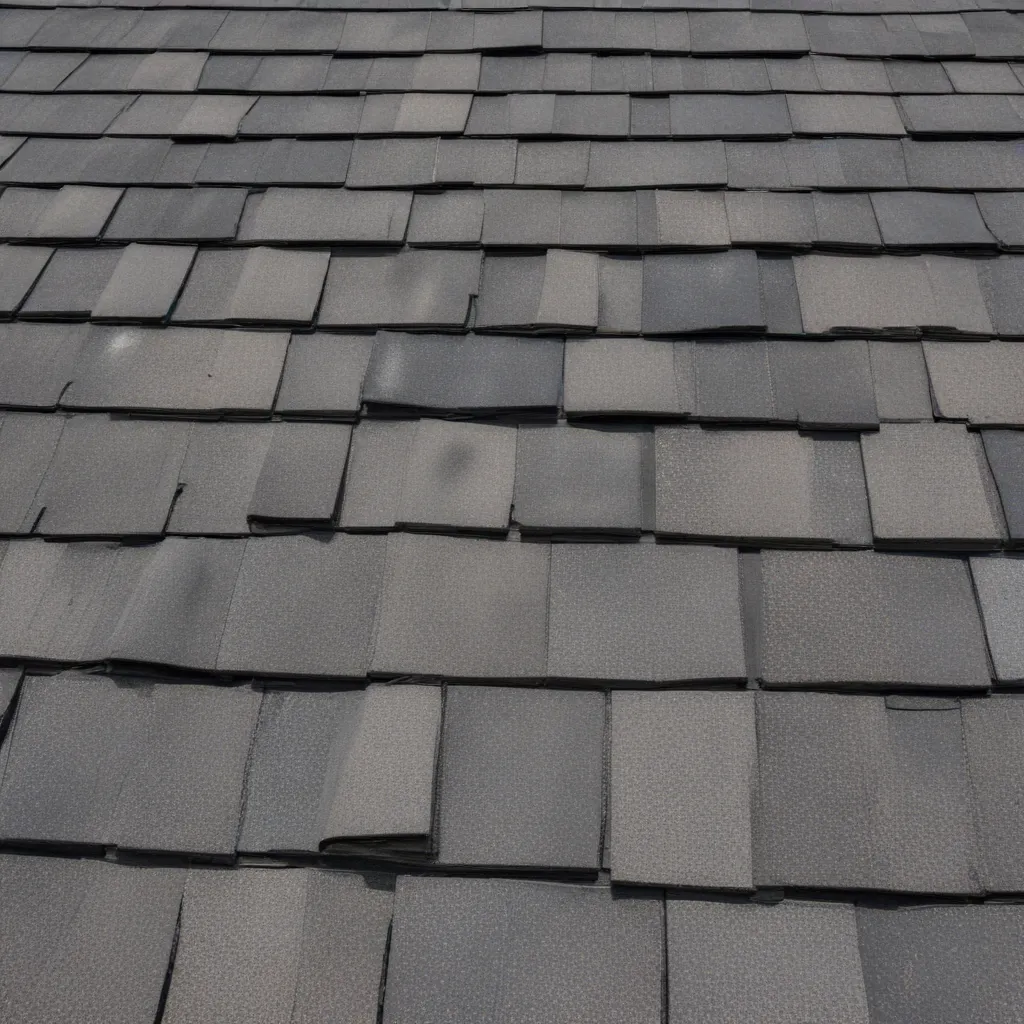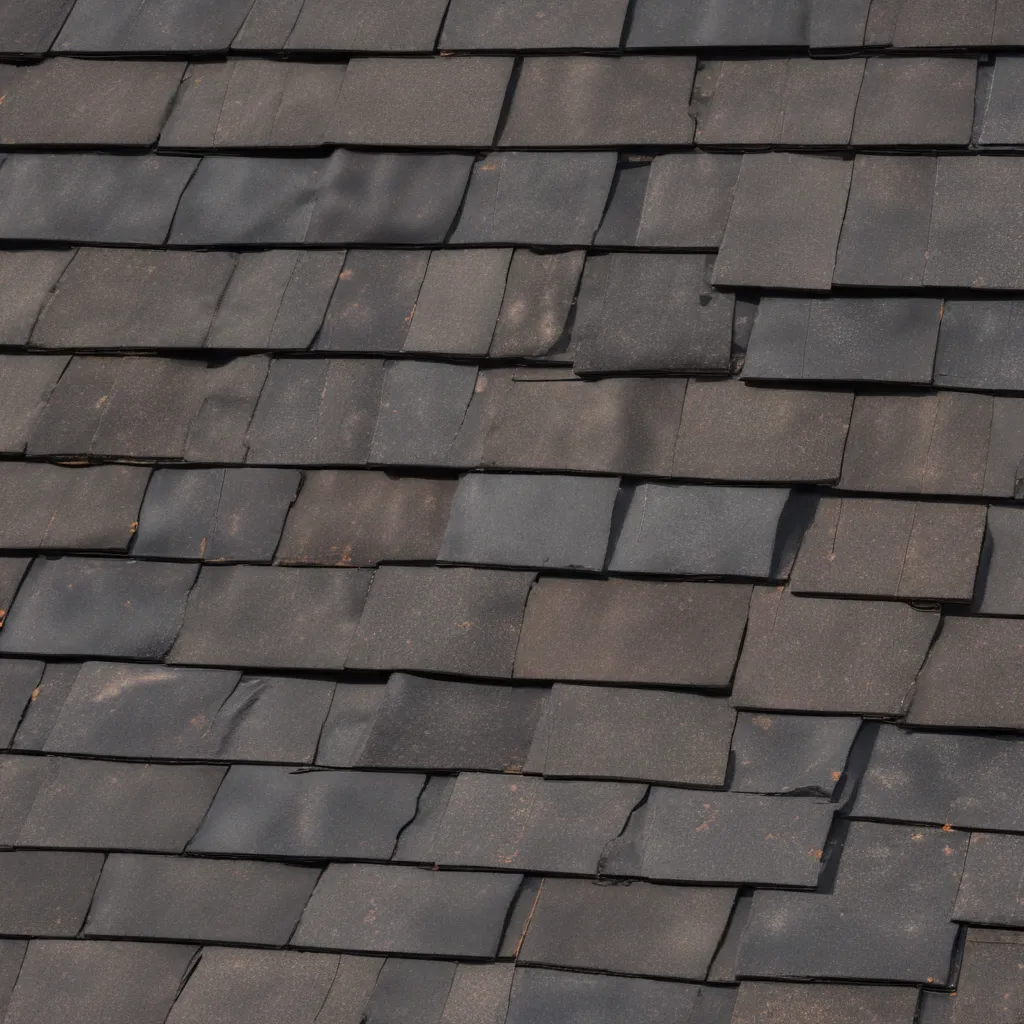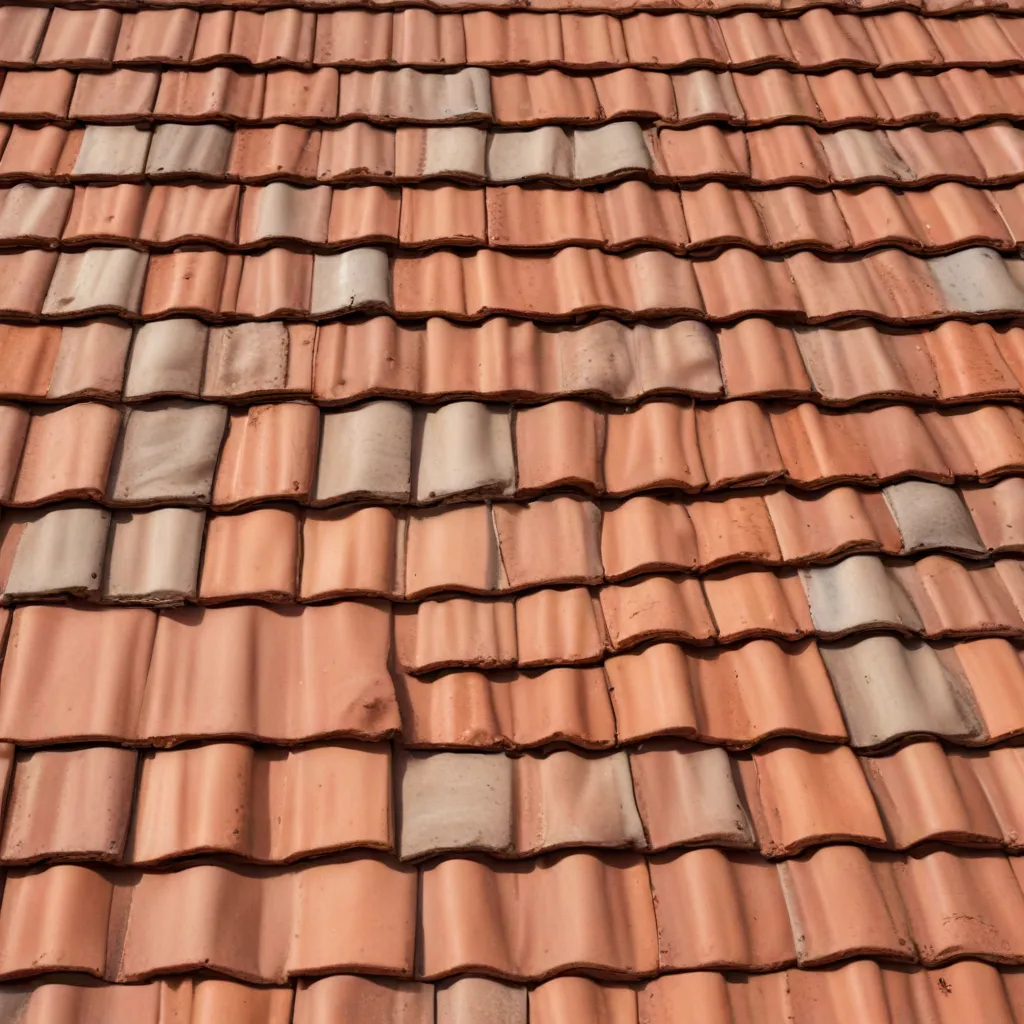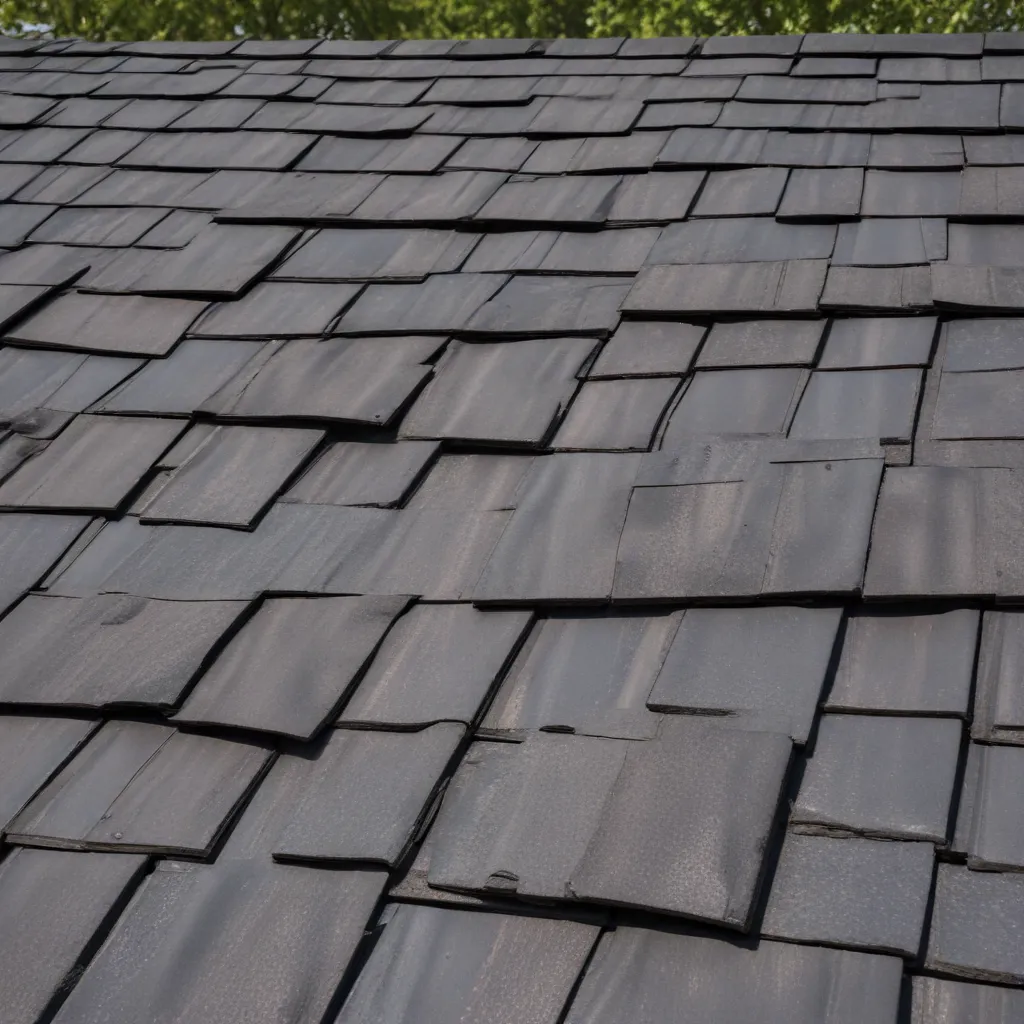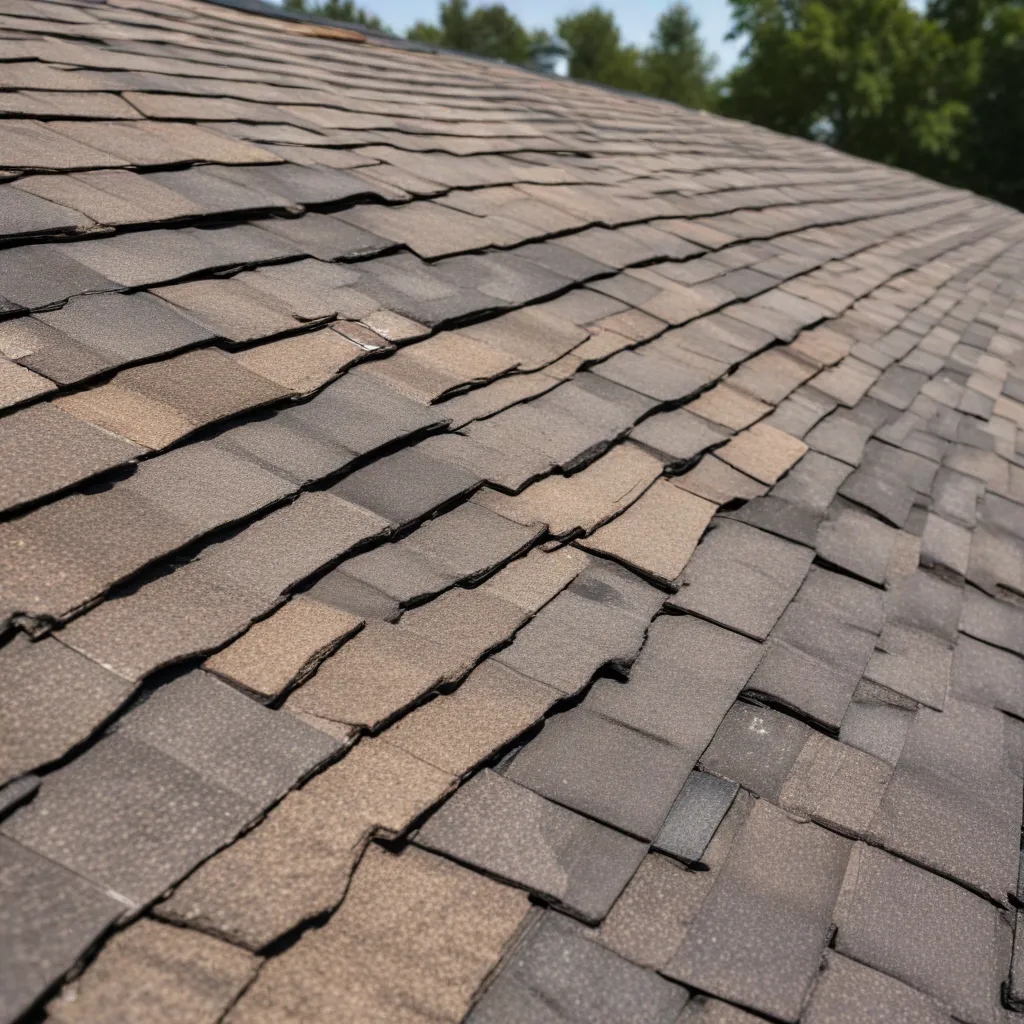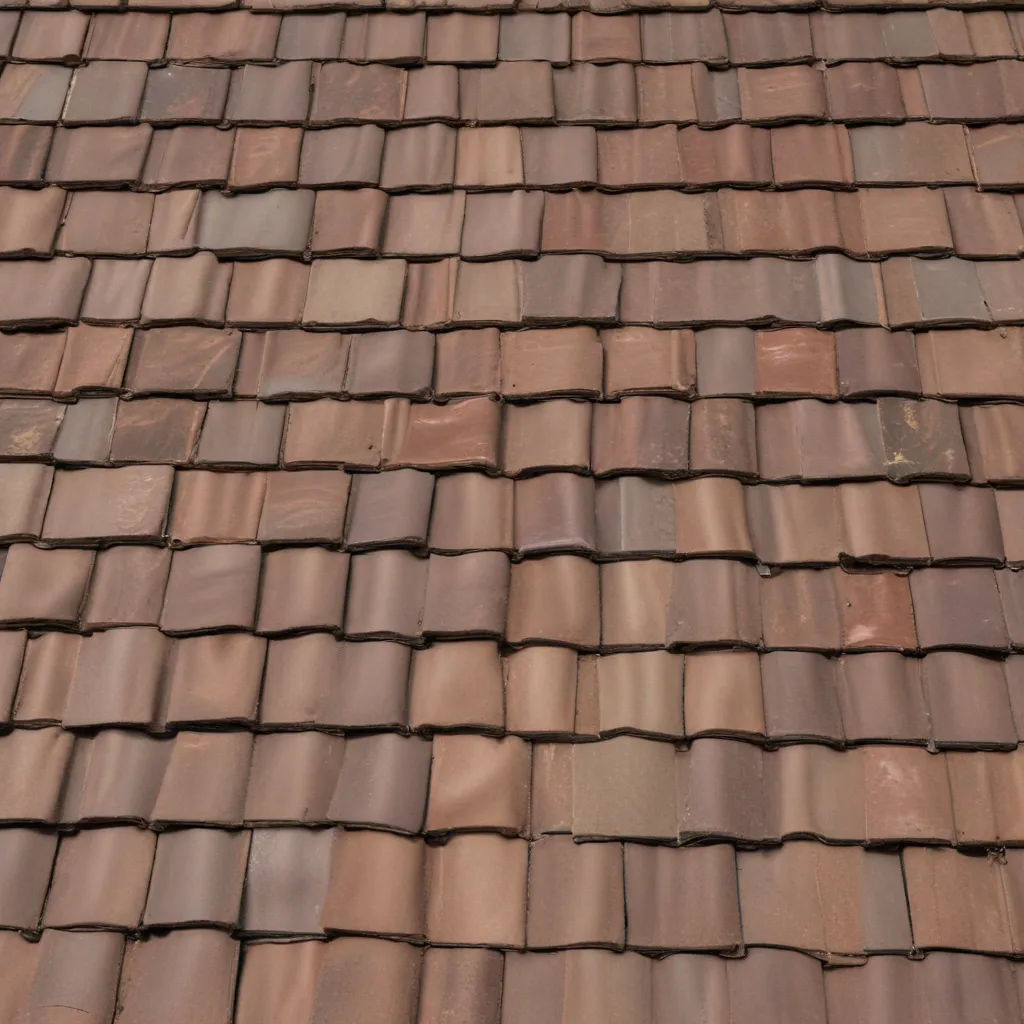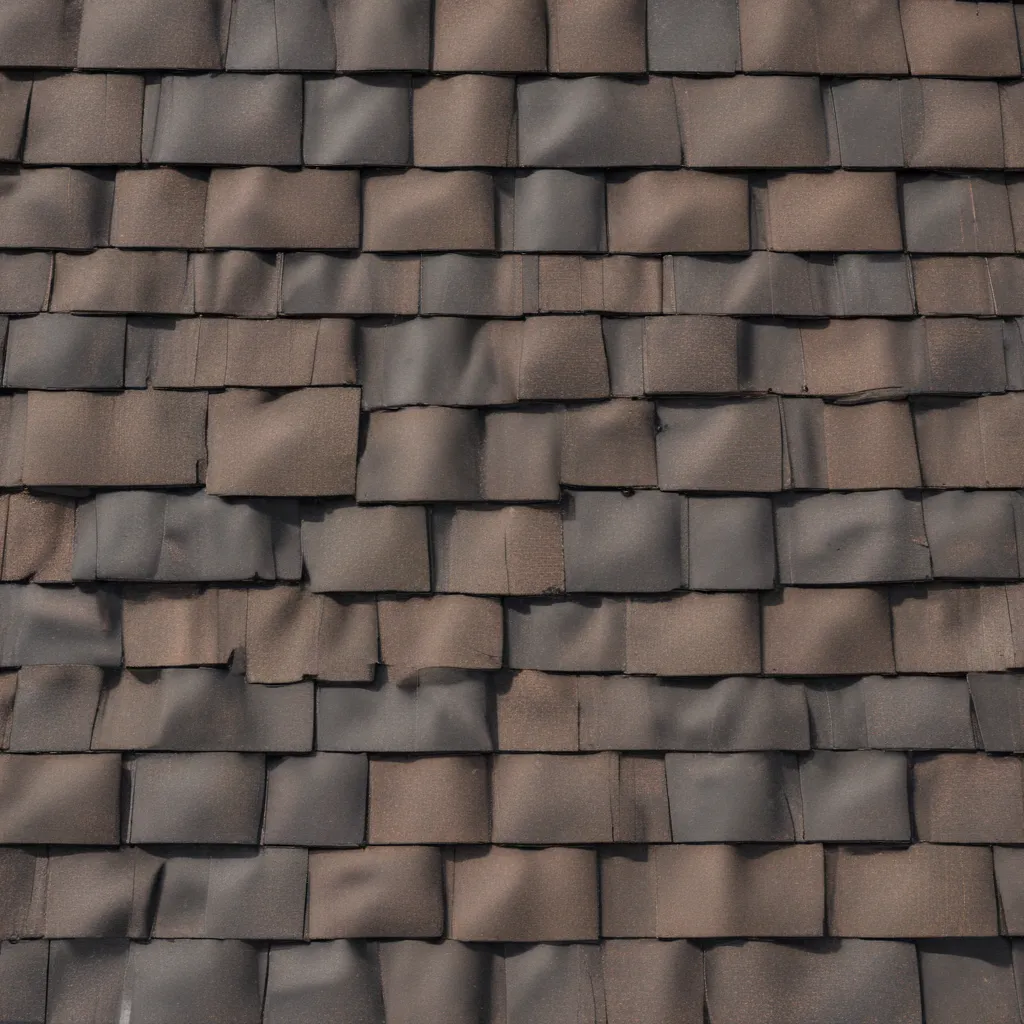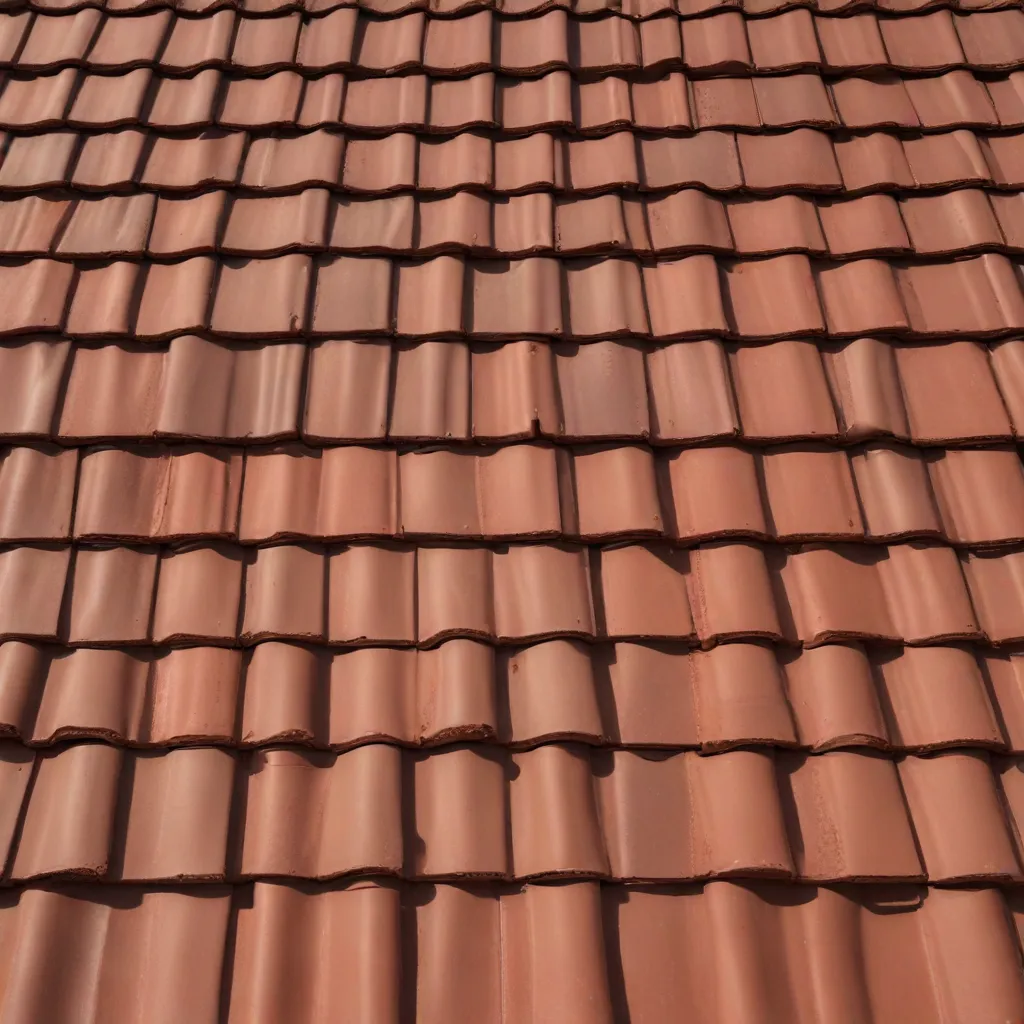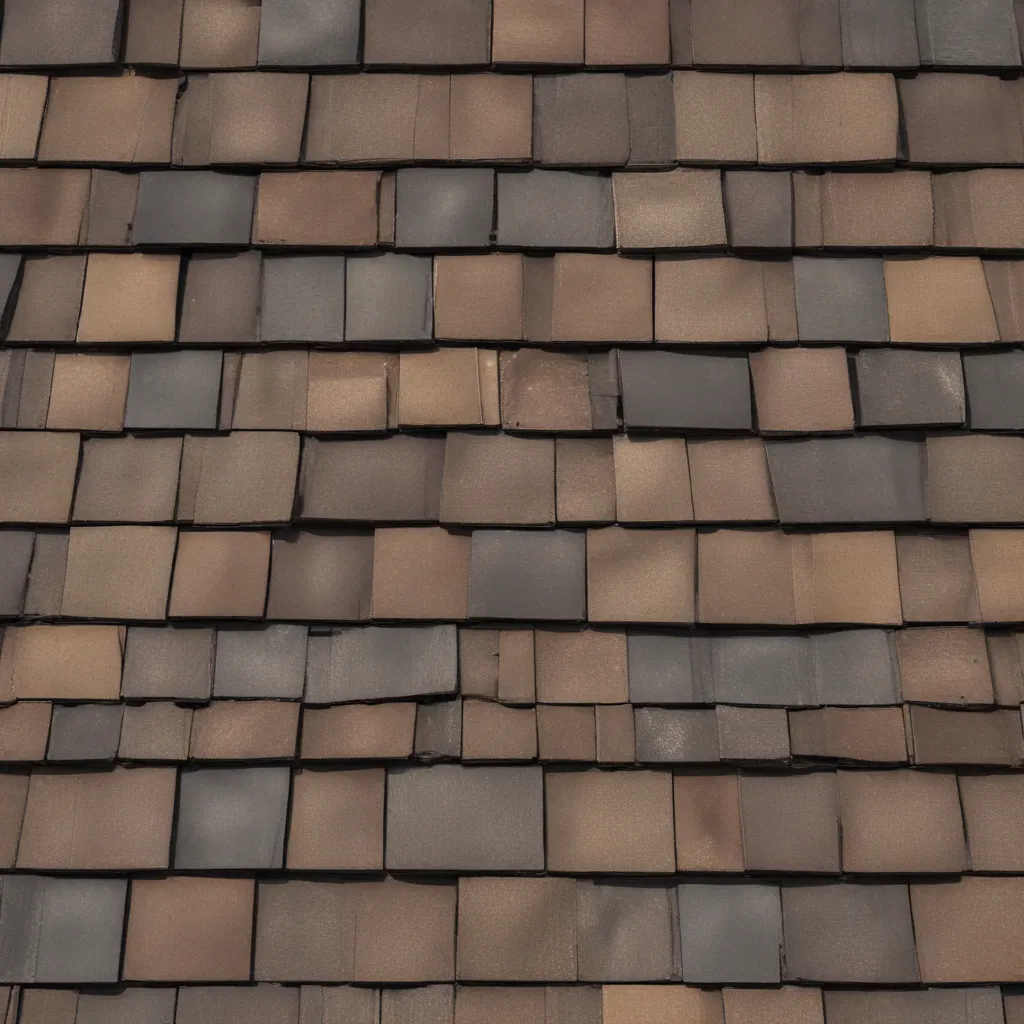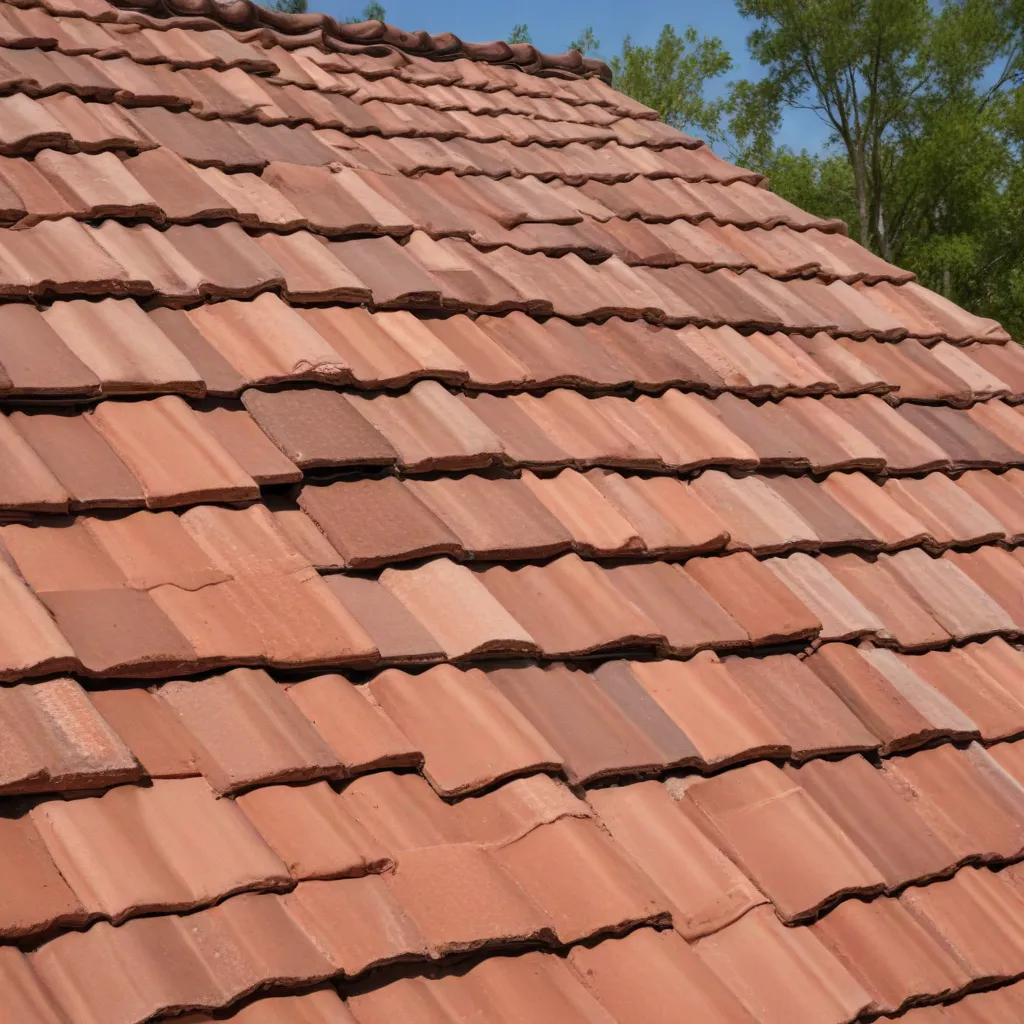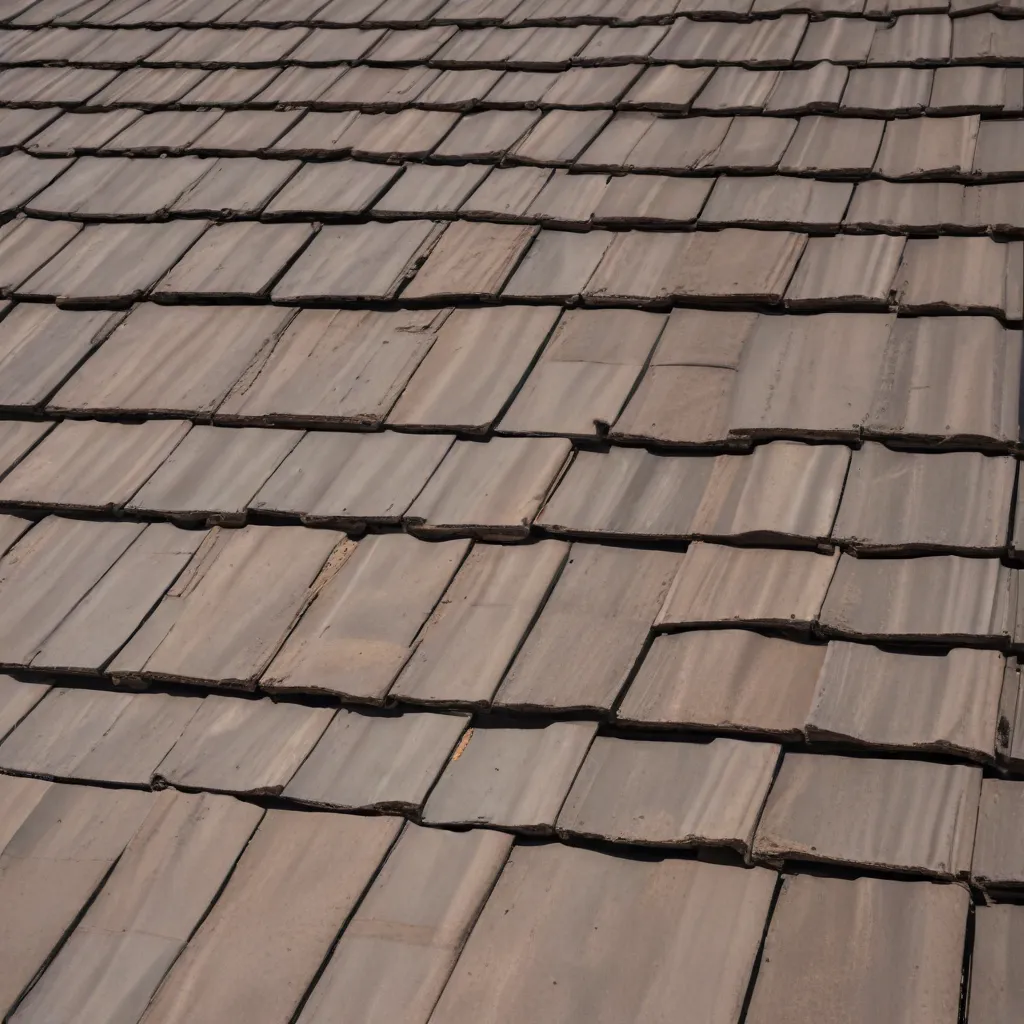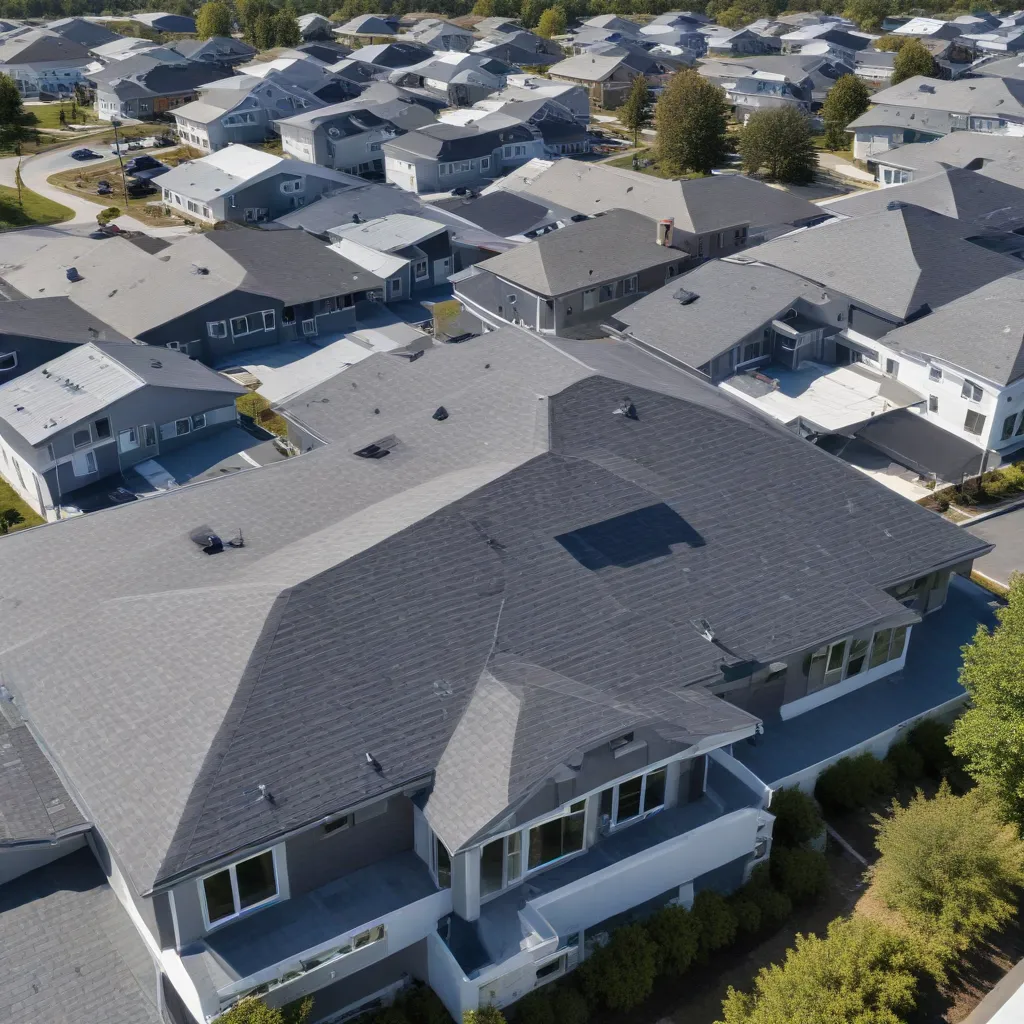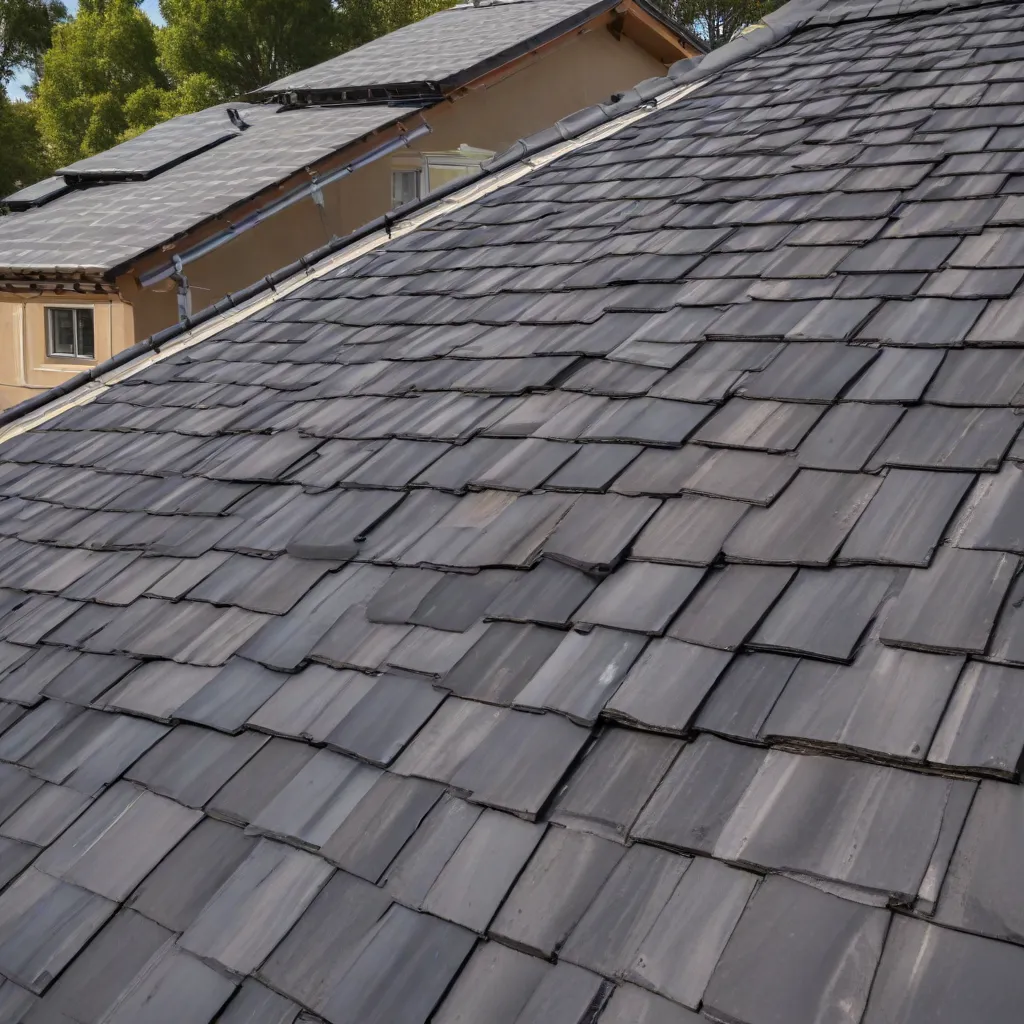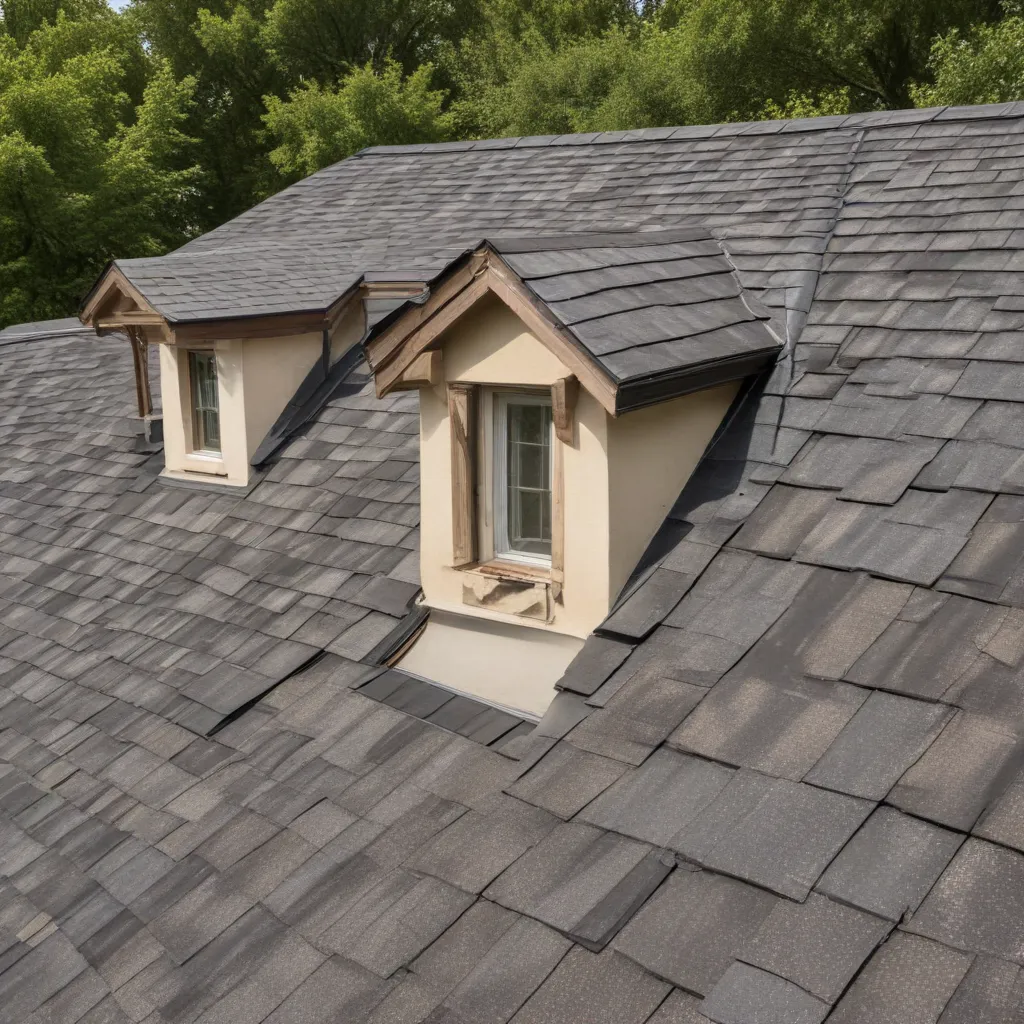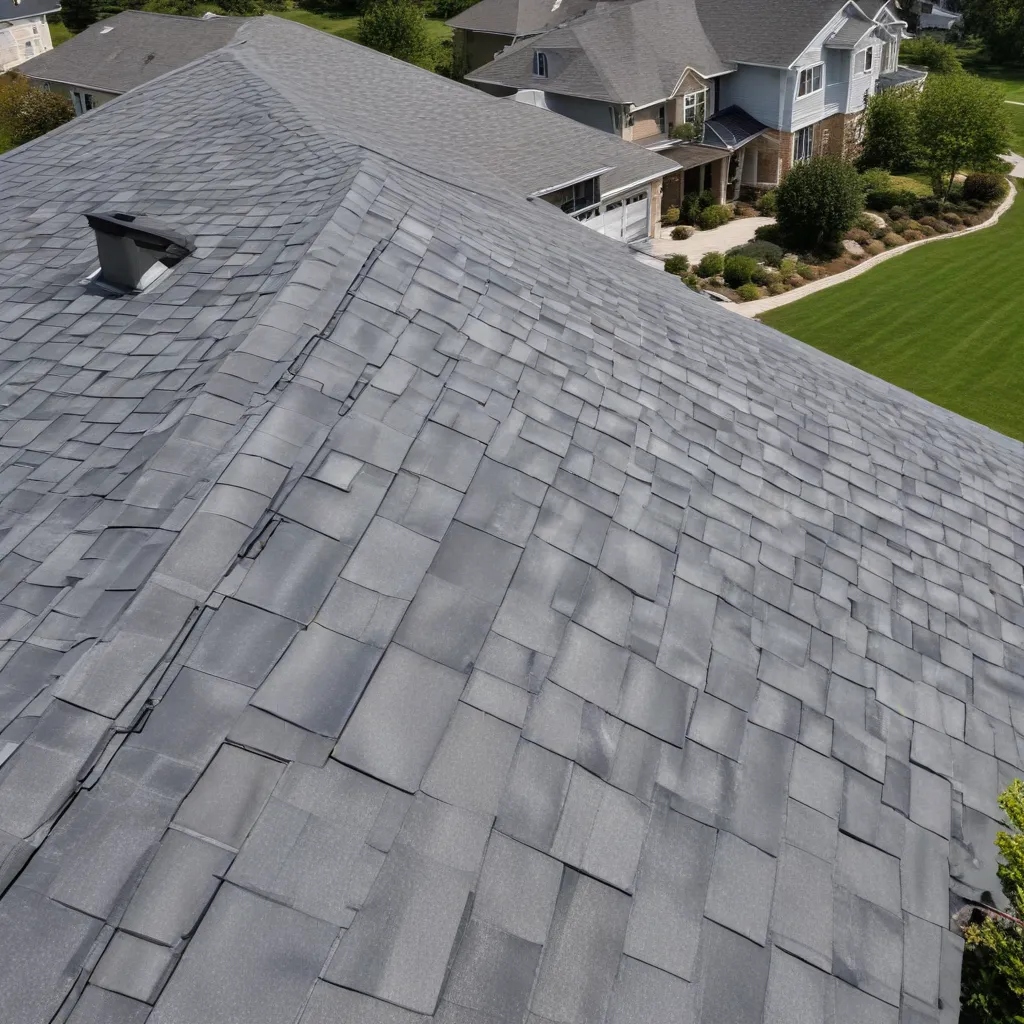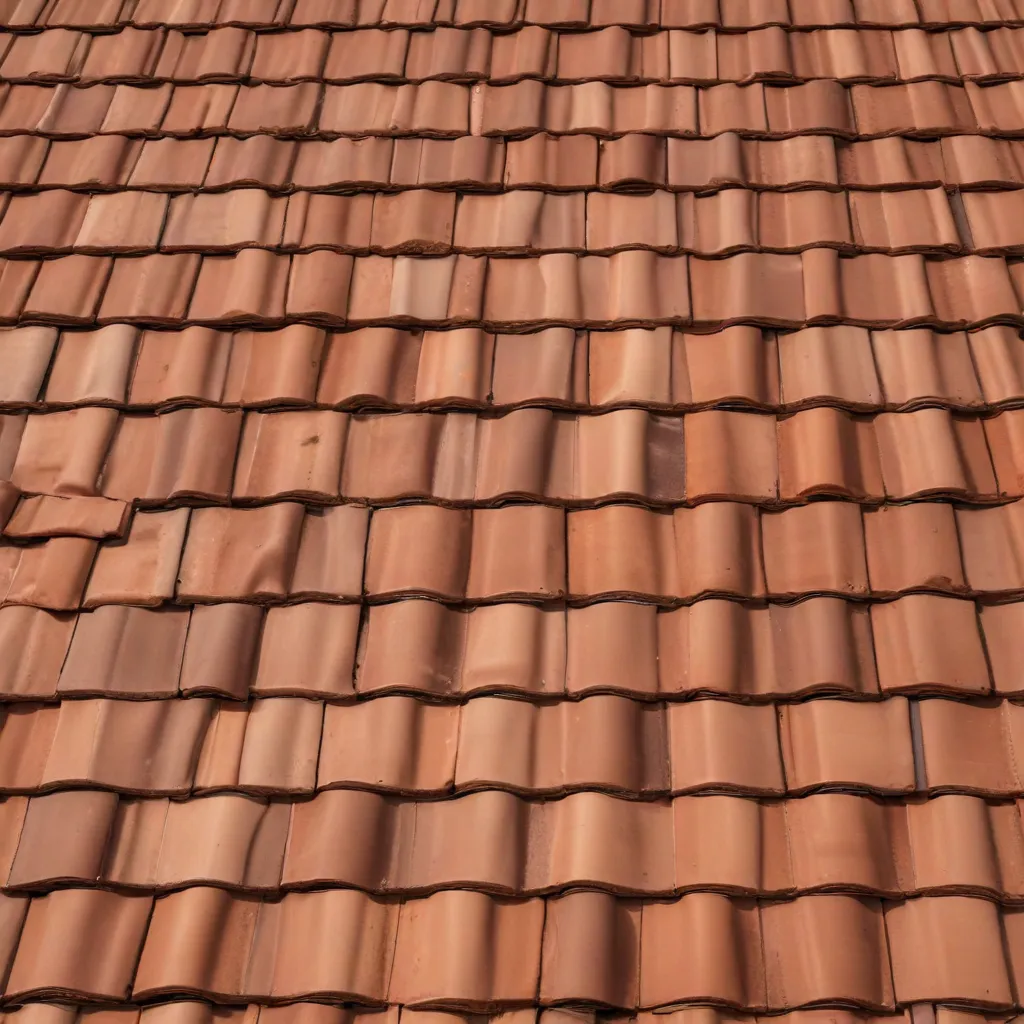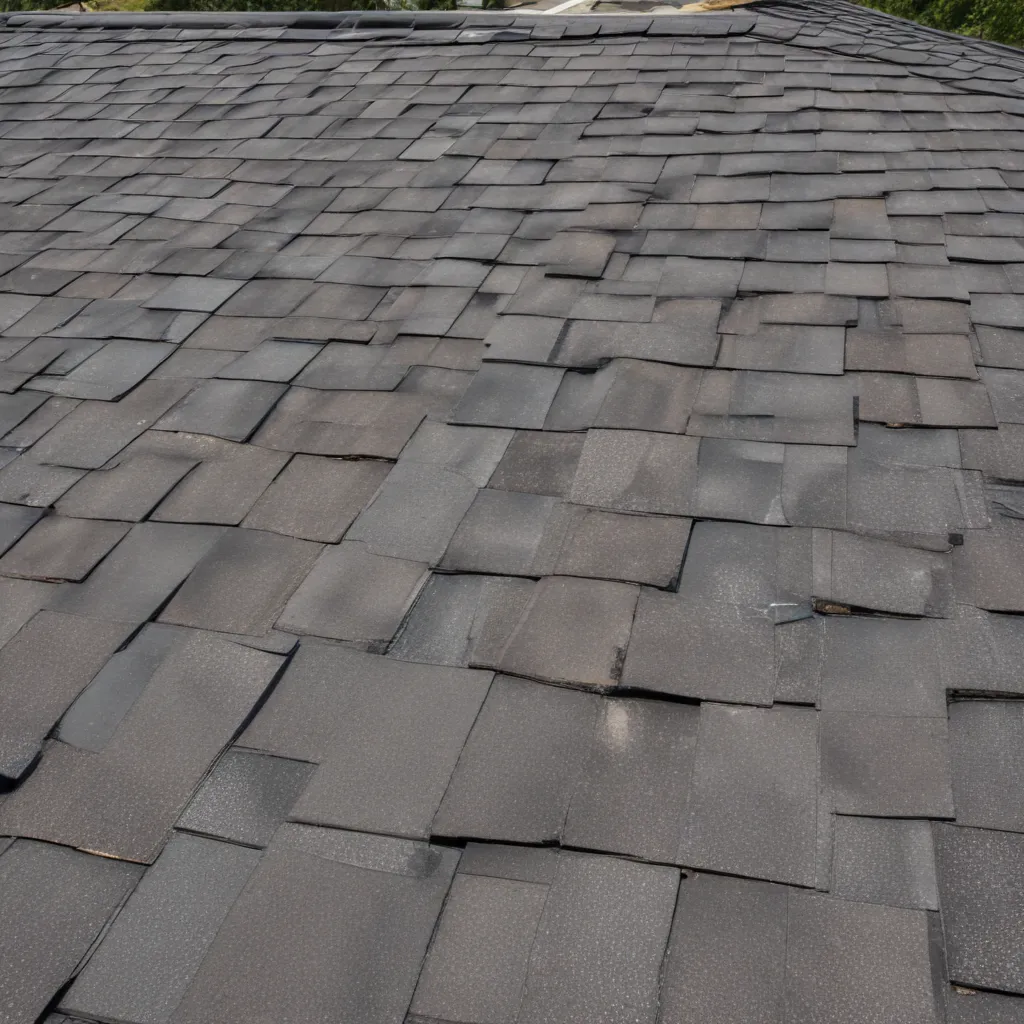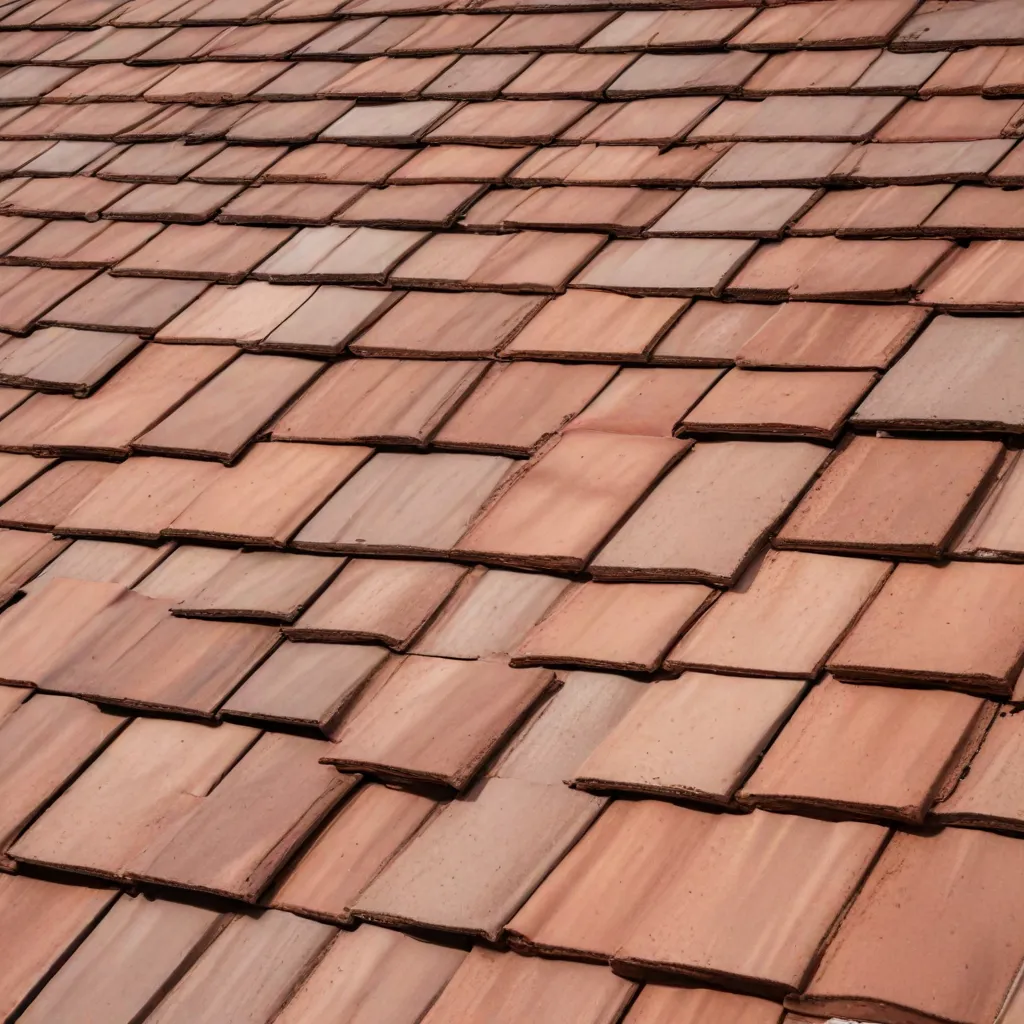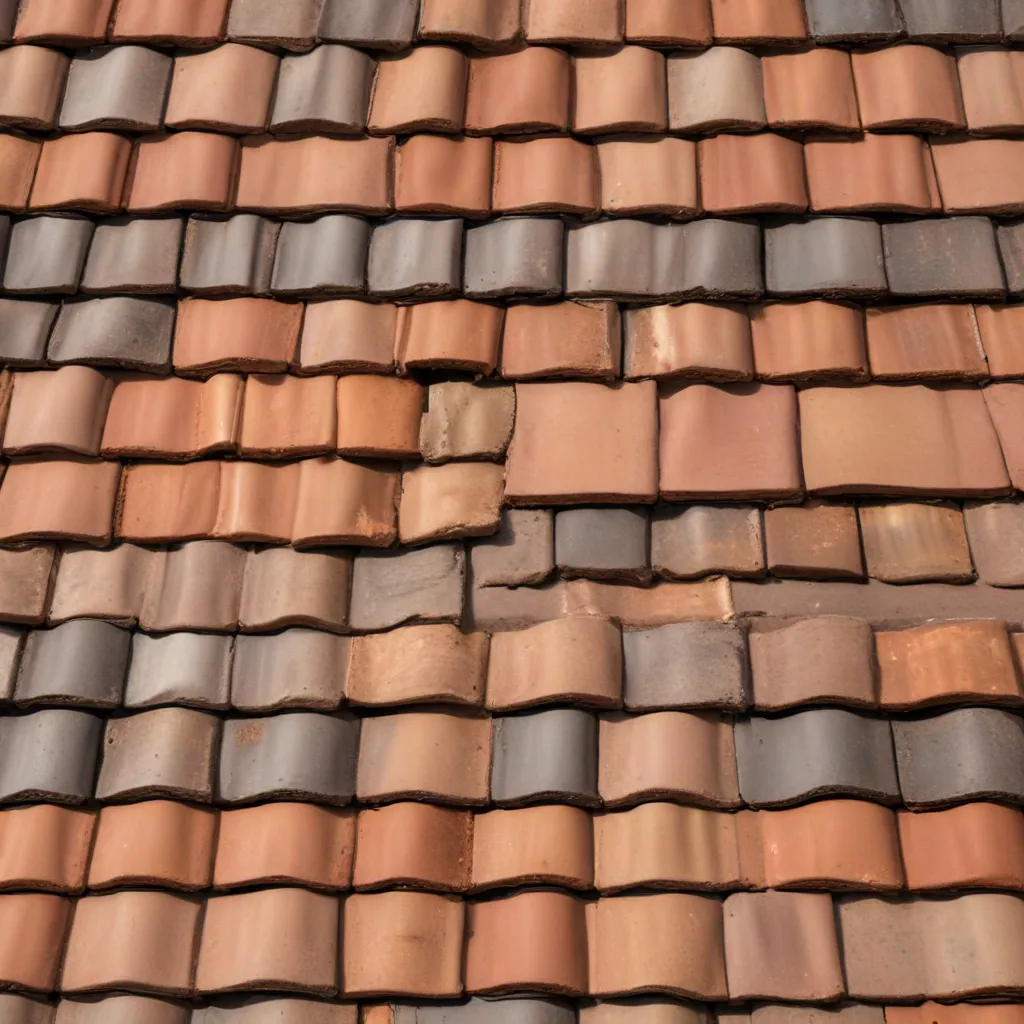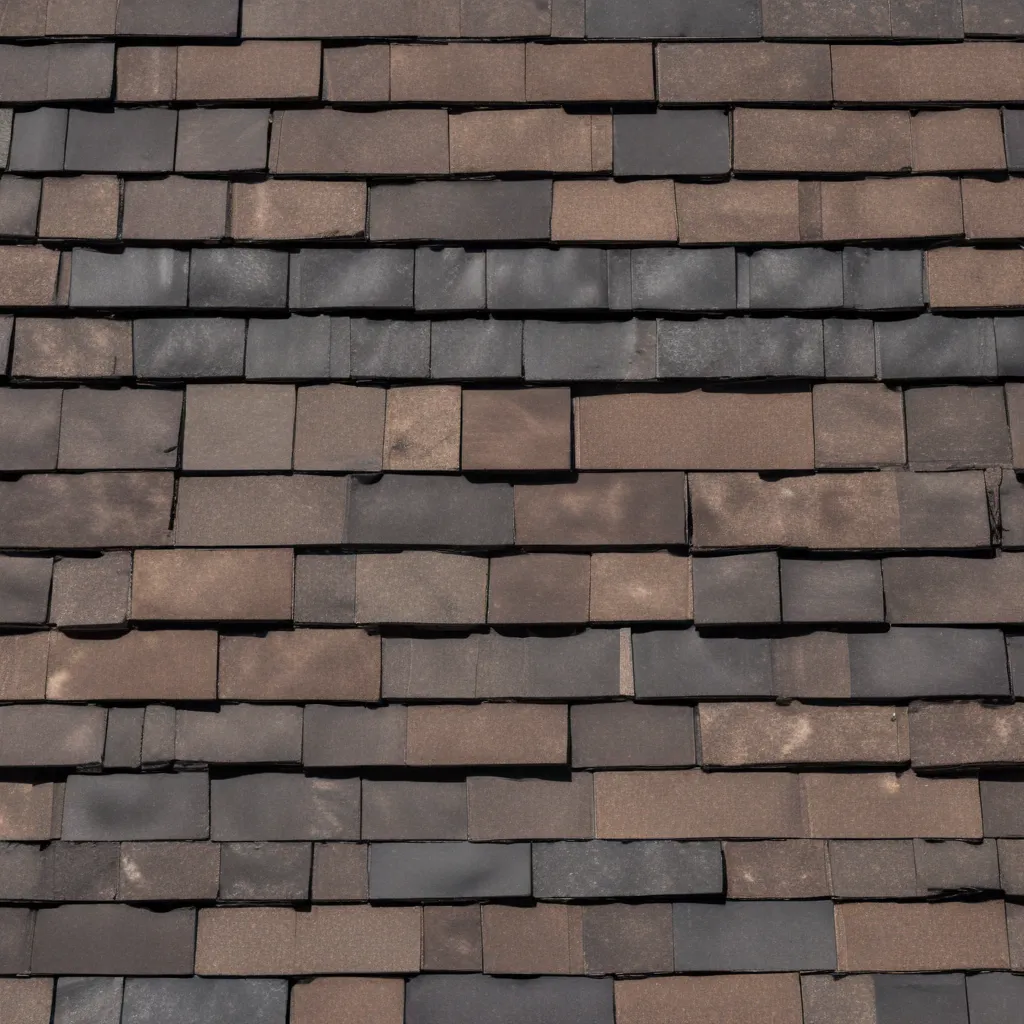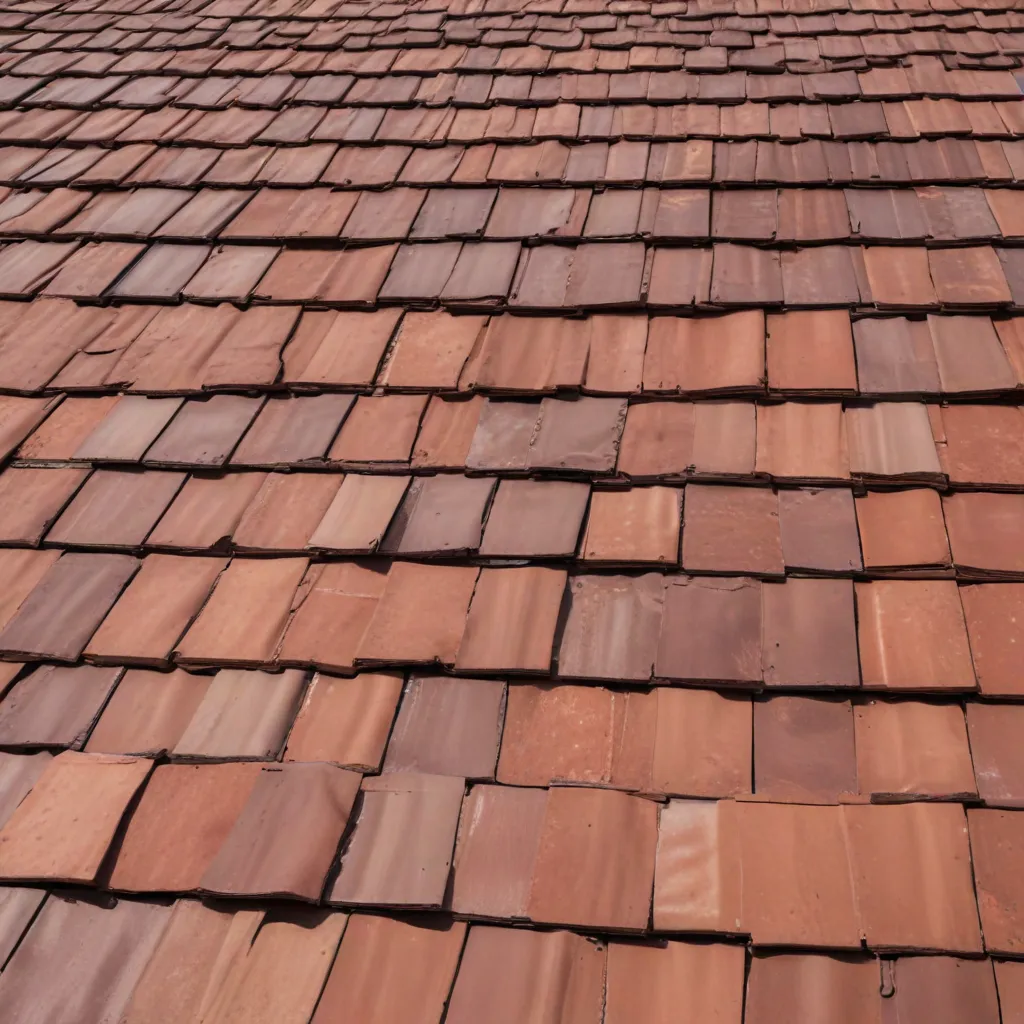Welcome to our comprehensive guide on how to identify roof damage before it becomes a costly problem. As roofing experts, we understand the importance of early detection and prompt repairs to prevent further damage to your home. In this article, we will walk you through the key signs of roof damage, provide useful tips for inspection, and offer advice on how to take proactive measures to maintain a healthy roof. By following our expert advice, you can potentially save thousands of dollars in repair costs and ensure the longevity of your roof.
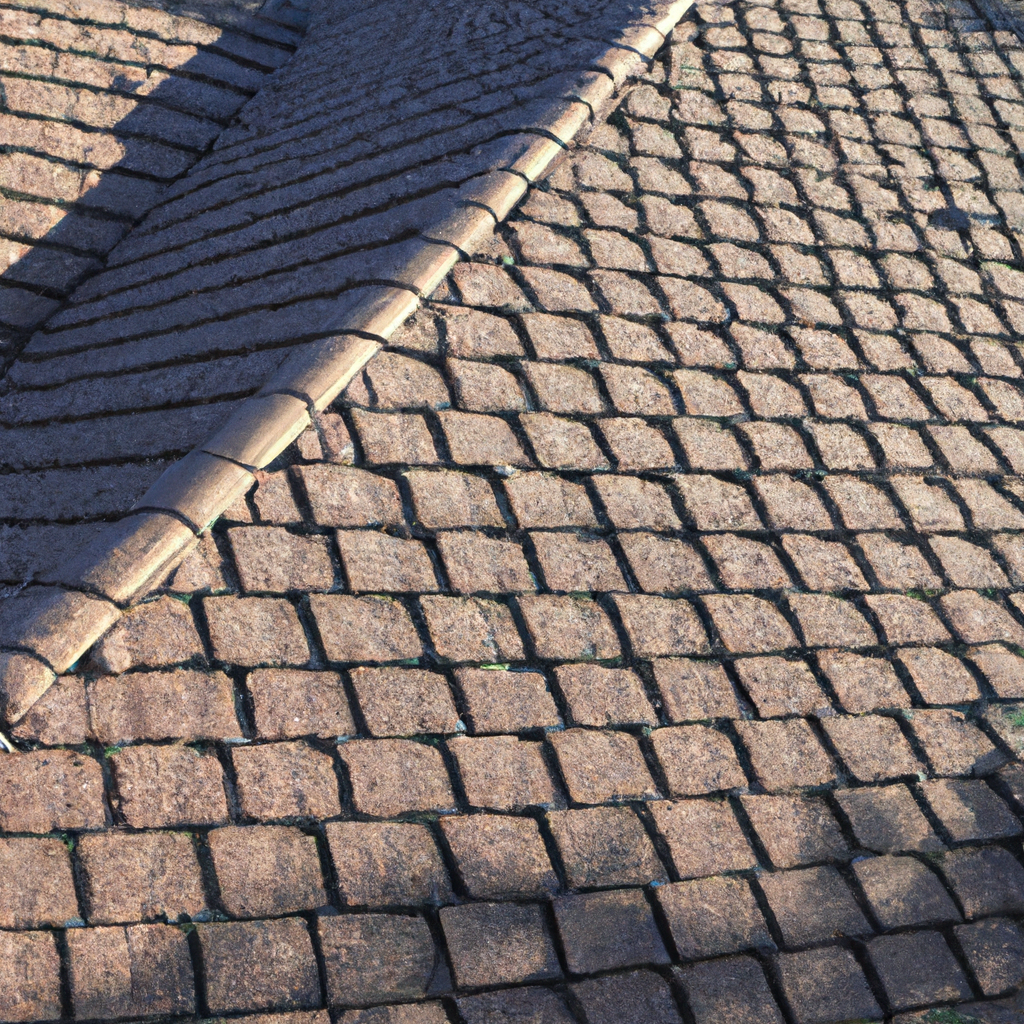
The Importance of Regular Roof Inspections
Before we delve into the specific signs of roof damage, it’s crucial to emphasize the importance of regular roof inspections. Many homeowners neglect this essential step, only realizing the extent of the damage when it’s too late. By scheduling routine inspections, you can catch potential issues early on and address them promptly, preventing further deterioration and costly repairs.
Signs of Roof Damage
1. Missing or Damaged Shingles
One of the most apparent signs of roof damage is the presence of missing or damaged shingles. Strong winds, heavy rain, and hailstorms can cause shingles to become dislodged or cracked. Inspect your roof for any noticeable gaps or areas where shingles appear to be broken or worn out. Additionally, keep an eye out for shingle granules in your gutters, as excessive granule loss indicates deteriorating shingles.
2. Leaks and Water Stains
Water stains on your ceiling or walls are clear indicators of a roof leak. If you notice any discolored patches or water dripping from your ceiling, it’s crucial to investigate the source immediately. Roof leaks can occur due to damaged flashing, cracked vent pipes, or compromised shingles. Ignoring these leaks can lead to extensive water damage and mold growth, posing a threat to your health and structural integrity.
3. Sagging or Uneven Roof
A sagging or uneven roof is a red flag that should not be ignored. This issue often signifies underlying structural damage, such as rotting or weakened rafters. If you notice any noticeable dips or unevenness in your roofline, it’s advisable to consult a professional roofing contractor to assess the extent of the damage. Delaying repairs can result in further structural issues and potential collapse.
4. Damaged Flashing
Flashing is the material used to seal gaps and joints on your roof, such as around chimneys, vents, and skylights. Damaged flashing can allow water to penetrate your roof, leading to leaks and moisture-related problems. Inspect your flashing for any signs of corrosion, cracks, or detachment. Addressing flashing issues promptly can prevent water intrusion and subsequent damage.
5. Mold or Moss Growth
The presence of mold or moss on your roof is not only unsightly but also indicative of underlying issues. Mold and moss thrive in moist environments, which can result from poor ventilation or excessive moisture accumulation. These growths can deteriorate your roof’s surface and compromise its integrity. Regularly inspect your roof for any signs of mold or moss and take appropriate measures to eliminate them.
6. Increased Energy Bills
If you’ve noticed a sudden increase in your energy bills, it could be a sign of roof damage. A compromised roof allows air to escape, leading to heat loss in winter and cool air loss in summer. This forces your HVAC system to work harder, resulting in higher energy consumption. If you suspect roof damage, it’s essential to address it promptly to improve energy efficiency and reduce utility costs.
7. Age of Roof
Lastly, consider the age of your roof when assessing its condition. Most roofing materials have a limited lifespan, and as they age, their ability to withstand the elements diminishes. If your roof is nearing the end of its expected lifespan, it’s crucial to be extra vigilant in inspecting for signs of damage. Regular maintenance and timely repairs can extend the lifespan of your roof and save you from premature replacement costs.
Proactive Measures for Roof Maintenance
Now that you are familiar with the signs of roof damage, let’s explore some proactive measures you can take to maintain a healthy roof and prevent potential issues.
1. Regularly Clean Gutters and Downspouts
Clogged gutters and downspouts can lead to water backup, which can seep into your roof and cause damage. Make it a habit to clean your gutters and downspouts at least twice a year, removing any debris or leaves that may obstruct the flow of water. This simple maintenance task can prevent water from pooling on your roof and causing leaks.
2. Trim Overhanging Branches
Trees near your roof can pose a risk of damage, especially during storms. Overhanging branches can scrape against your roof, dislodging shingles or causing structural damage. Regularly trim any branches that come into contact with your roof to minimize this risk.
3. Schedule Professional Inspections
While you can conduct visual inspections yourself, scheduling professional roof inspections at least once a year is highly recommended. Roofing experts have the knowledge and experience to identify potential issues that may go unnoticed to an untrained eye. Their comprehensive inspections can give you peace of mind and help you catch any problems early on.
4. Ensure Proper Attic Ventilation
Proper attic ventilation is crucial for maintaining a healthy roof. Without adequate ventilation, heat and moisture can build up, leading to accelerated deterioration of roofing materials. Ensure your attic has proper ventilation to allow for the free flow of air, keeping your roof in optimal condition.
5. Promptly Address Repairs
If you identify any signs of roof damage during inspections or notice any issues mentioned earlier, it’s vital to address them promptly. Delaying repairs can result in more extensive damage and higher costs down the line. Contact a reputable roofing contractor to assess the situation and provide expert guidance on the necessary repairs.
Conclusion
In conclusion, identifying roof damage before it becomes a significant problem is crucial for maintaining the integrity of your home. Regular inspections, attention to signs of damage, and proactive maintenance measures are key to preventing costly repairs and ensuring the longevity of your roof. By following our expert advice outlined in this guide, you can take proactive steps to protect your investment and enjoy a leak-free, structurally sound roof for years to come.
Remember, when it comes to roof damage, early detection is the key to avoiding extensive and expensive repairs. Don’t wait until it’s too late – be proactive and safeguard your home by prioritizing regular roof inspections and prompt repairs.

